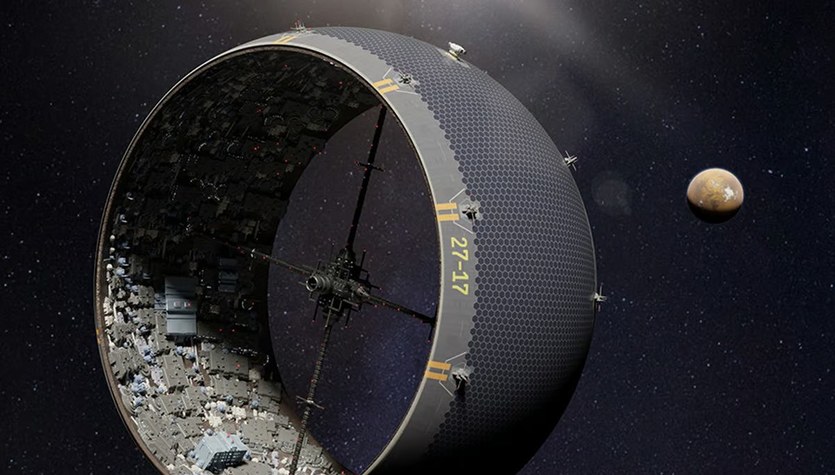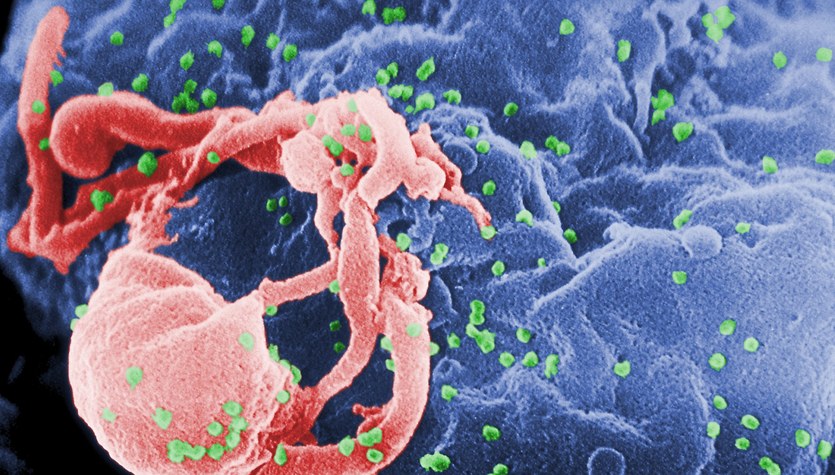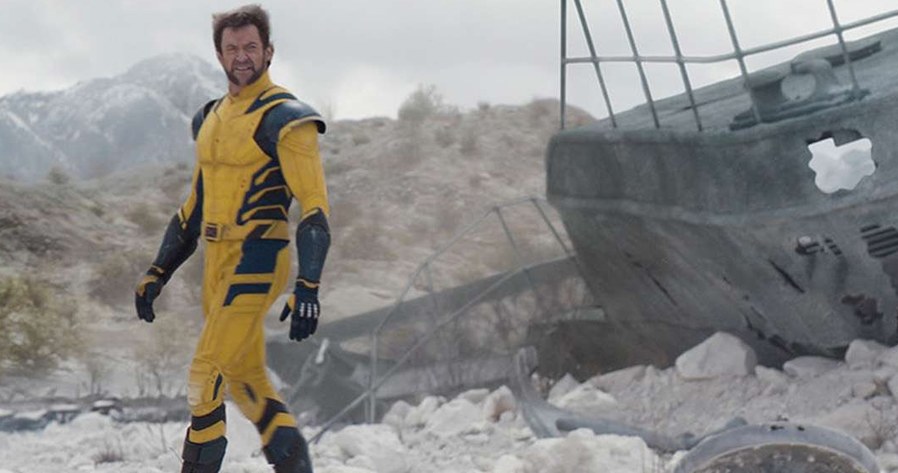However, the upcoming event is not a coincidence. Satellite engineers began preparing for this event even before the satellite's primary mission ended. In 2011, over the course of two months, the satellite fired its thrusters 66 times, effectively lowering its orbit from an altitude of 785 kilometers to just 573 kilometres. Thanks to this, the time of descent into the atmosphere was significantly shortened and the risk of collision of an inactive satellite, which no one could control anymore (such maneuvers used the entire available fuel supply of the engines), with other objects in Earth's orbit was minimized. Descent to an altitude of 573 kilometers allowed mission controllers to confirm that the satellite would disintegrate in the Earth's atmosphere within the next 15 years. As you can see, the predictions were correct, as 13 years have passed since then.
As the European Space Agency reminds usERS-2 is the most advanced European Earth observation satellite to date. It's not a small device either. At launch, with fuel supplies on board, the satellite had a mass of more than 2,500 kilograms.
Read also: Progress is destroying the night sky. This could have serious consequences for humanity
But this does not mean that you should fear that it will enter the Earth's atmosphere within a few days. Objects of this mass enter our planet's atmosphere about once a week. What's more, larger objects fall into the atmosphere from time to time. It is sufficient to recall here the first stages of the Chinese Long March 5G missiles, which have a mass approximately ten times greater.
The entry of the ERS-2 satellite into the atmosphere will be monitored by specialists from the European Space Agency. However, it should be noted here that these specialists will not be able to do anything other than monitor the entire event. No matter how you look at it, the satellite has no fuel reserves, so it cannot be controlled in any way.
This, in turn, means that it is not yet possible to determine the exact place above the Earth's surface where the satellite will come into contact with the densest layers of the atmosphere and end its life. However, taking into account that the water tanks cover more than 70%. On our planet's surface, it would most likely happen somewhere over the ocean.
Read also: An uncontrolled Chinese missile hurtles toward Earth. It was observed at an altitude of 700 km
The problem with determining the entry point into the atmosphere is that there are no permanent boundaries of space below which the atmosphere begins. The layers of the atmosphere are constantly evolving in response to changes in surface temperature, surface temperature, and solar activity, causing the upper layers to undulate like the surface of an ocean. Satellites in low Earth orbit orbit our planet in just 90 minutes. This makes it difficult to determine exactly where the satellite will encounter an “atmospheric wave” that will pull it down, and a delay of a few or several minutes will mean that it will fall in a completely different place.
It is also worth paying attention to the fact that the satellite will disintegrate at an altitude of 80 kilometers, and even if any of its fragments reach the Earth's surface, they will most likely land in the water. For reassurance, we can recall here the statistics that state that the probability of a fragment of a satellite falling on us from space is 1 in 100 billion. So you can sleep soundly.

Echo Richards embodies a personality that is a delightful contradiction: a humble musicaholic who never brags about her expansive knowledge of both classic and contemporary tunes. Infuriatingly modest, one would never know from a mere conversation how deeply entrenched she is in the world of music. This passion seamlessly translates into her problem-solving skills, with Echo often drawing inspiration from melodies and rhythms. A voracious reader, she dives deep into literature, using stories to influence her own hardcore writing. Her spirited advocacy for alcohol isn’t about mere indulgence, but about celebrating life’s poignant moments.









